Hair loss in women can be extremely stressful. Here are a few medical therapies that may be of assistance. Hair loss (alopecia) affects about one-third of women at some point in their life, with up to two-thirds of postmenopausal women experiencing hair thinning or bald areas. Women's hair loss has a higher impact than men's hair loss because it is less socially acceptable for them. Alopecia can have a significant impact on a woman's emotional health and quality of life.
The most common type of hair loss in both men and women is alopecia. Androgenetic alopecia, or female (or male) pattern hair loss, is the name for it. Hair loss in men commonly starts above the temples, with a receding hairline. Hair on top of the head thins as well, often leading to baldness. Androgenetic alopecia manifests itself in women as gradual thinning at the portion line, followed by scattered hair loss spreading from the crown of the head. The hairline of a woman rarely recedes, and women rarely go bald.
Women's hair loss can be caused by a variety of factors, including medical disorders, drugs, and physical or emotional stress. If you observe unusual hair loss of any kind, see your primary care provider or a dermatologist find out what's causing it and how to manage it. To address emotional distress, you may wish to seek your clinician for a referral to a therapist or support group.
Hair Loss Patterns
The Ludwig Classification is used by doctors to describe female pattern hair loss.
- Type I thinning is mild and can be disguised with hairstyling techniques.
- Reduced volume and a notable enlargement of the mid-line section characterize type II.
- Diffuse thinning with a see-through look on the top of the scalp is referred to as Type III.
Almost every woman experiences female pattern hair loss at some point in her life. It can begin at any point after adolescence, although it is most noticeable in women around menopause when hair loss is most noticeable. The risk increases with age, and it's even higher for women who have a family history of hair loss on either side.
What is androgenetic alopecia?
Androgenetic alopecia is caused by androgens, which are hormones that are necessary for normal male sexual development as well as other key roles in both sexes, such as sex drive and hair growth regulation. It's possible that the ailment is inherited and that it's caused by a combination of genes. It can also be caused by an underlying endocrine disorder. In either situation, increased androgen activity is likely to be the cause of alopecia. However, unlike androgenetic alopecia in men, the precise involvement of androgens in women is more difficult to pinpoint. It's critical to evaluate androgen levels in women with apparent female pattern hair loss in case an androgen-secreting tumor is to blame.
Androgenetic alopecia causes hair loss in both men and women due to a genetically determined shortening of anagen, a hair's growing phase, and a lengthening of the period between losing a hair and the start of a new anagen phase. That implies it takes longer for hair to regrow once it has been shed in the normal life cycle.
The hair follicle shrinks and produces a shorter, thinner hair shaft as well, a process known as "follicular miniaturization." As a result, longer-lived, thicker, pigmented "terminal" hairs are replaced by shorter, thinner, non-pigmented "vellus" hairs.
Lifecycle of a hair
Each hair grows from a follicle, which is a small pocket in the skin and passes through three stages of development. The active growth phase, the anagen (A), lasts two to seven years. The transition phase, Catagen (B), lasts around two weeks. The hair shaft rises upward toward the skin's surface during this phase, and the dermal papilla (the structure that nourishes hair-producing cells) begins to detach from the follicle.
Female pattern hair loss is diagnosed by collecting a medical history and inspecting the scalp. She or he will look for symptoms of inflammation or infection and may conduct blood tests to rule out other reasons for hair loss, such as hyperthyroidism, hypothyroidism, or iron deficiency. A hormonal assessment is normally unneeded unless there is evidence of increased androgen activity (such as monthly abnormalities, acne, or undesirable hair growth).
Also readHow to get rid of dandruff ?
Women's hair loss treatment: how to halt losing hair
The most common treatment for hair loss in women is medication. The following are some of them:
Minoxidil (Rogaine, generic versions). This medicine was initially prescribed to treat high blood pressure, but users observed that it caused them to regrow hair in areas where they had previously lost it. Minoxidil, when applied directly to the scalp, has been shown to enhance hair growth in tests. The FDA initially approved over-the-counter 2 percent minoxidil to treat hair loss in women as a consequence of the trials. Since then, a 5% solution has become available for women who require a stronger remedy for hair loss. Minoxidil is not a wonder medicine. While it can help some — but not all — women regrow fine hair, it can't replace the lost hair's entire density. It is also not a quick fix.
Anti-androgens. Androgens, which include testosterone and other "male" hormones, can hasten female hair loss. For the treatment of androgenic alopecia, some women who do not respond to minoxidil may benefit from the inclusion of the anti-androgen medication spironolactone (Aldactone). Because women with the polycystic ovarian syndrome (PCOS) produce extra androgens, this is especially true. For women of reproductive age, doctors will commonly prescribe spironolactone in combination with an oral contraceptive. (A woman should not become pregnant while taking one of these medicines since they can cause genital abnormalities in a male fetus.) Weight gain, libido loss, and depression are all possible side effects.
Supplements containing iron. Hair loss in certain women may be caused by an iron deficit. If you're a vegetarian, have a history of anemia, or have excessive menstrual bleeding, your doctor may test your blood iron level. If you have an iron deficiency, you'll need to take a supplement, which may help you stop losing hair. Extra iron, on the other hand, will only create adverse effects such as stomach distress and constipation if your iron level is normal.
Hair transplantation
Hair transplantation is a treatment that includes taking a strip of scalp from the back of the head and using it to fill in a bald patch. It has been performed in the United States since the 1950s to treat androgenic alopecia.
Surgeons separate a short strip of scalp into hundreds of tiny grafts, each carrying only a few hairs, during this treatment. Each graft is inserted into an incision in the scalp made by a blade or needle in the area where hair is absent. Hair grows naturally in follicular units, which are tiny clusters of one to four follicles. As a result, the graft seems more natural than the larger "plugs" associated with previous hair transplants.
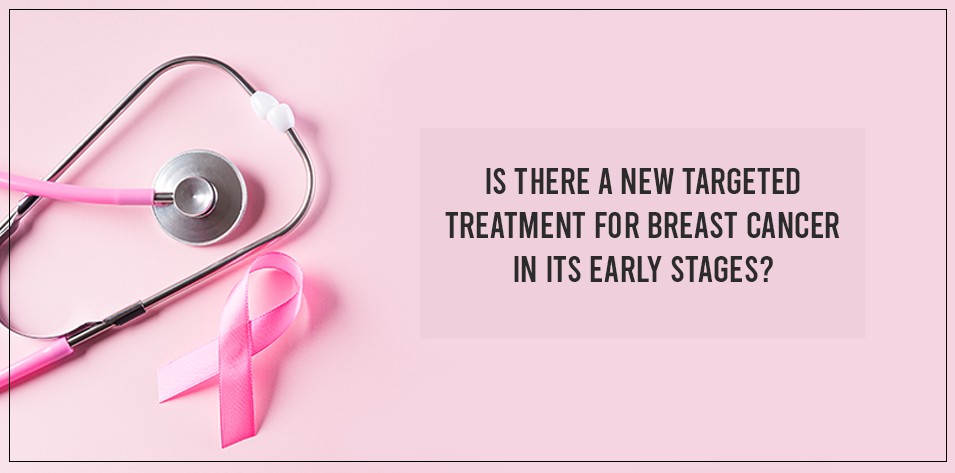
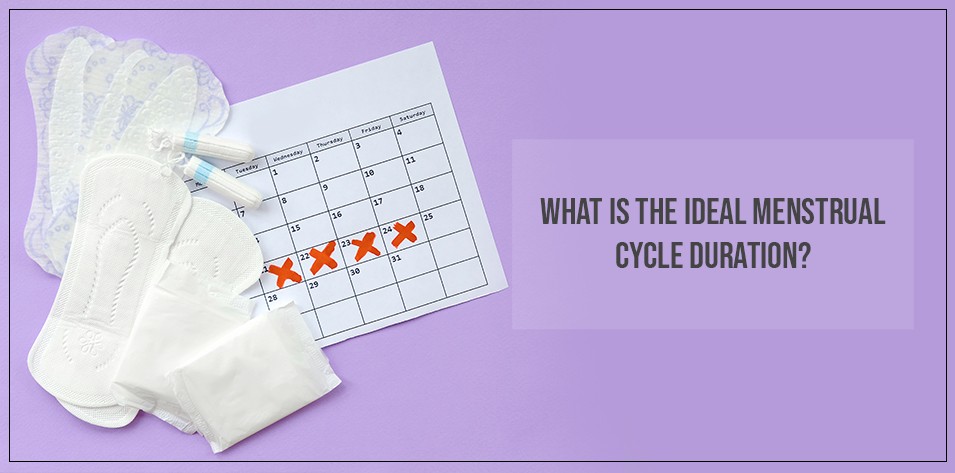
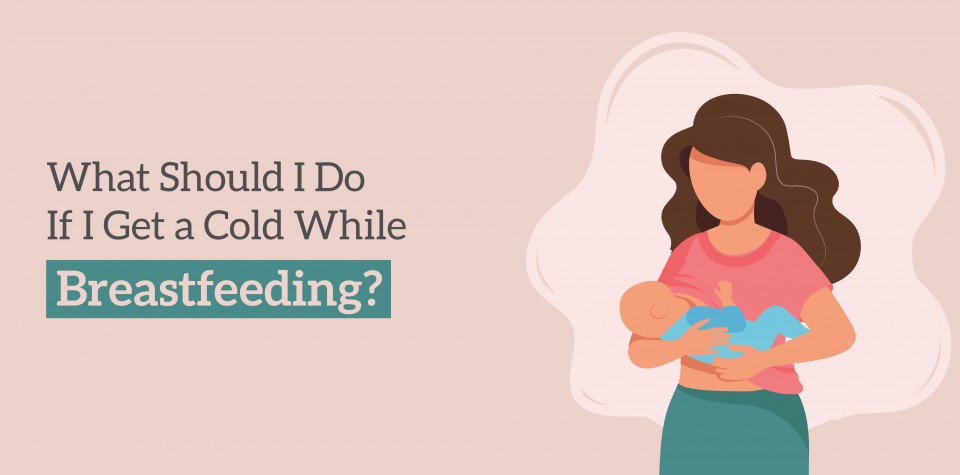
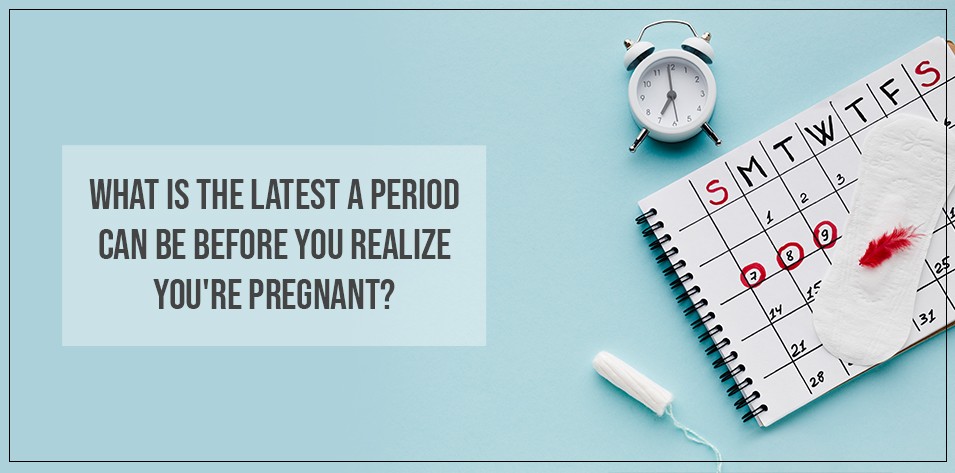
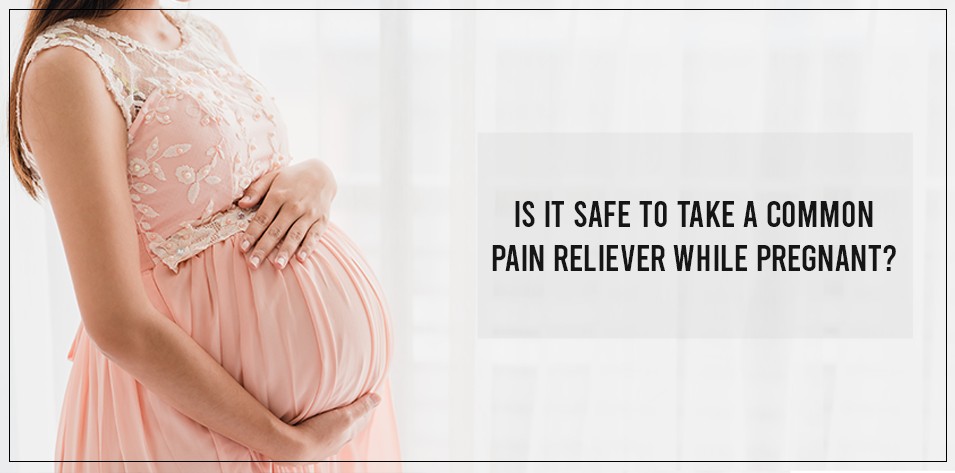
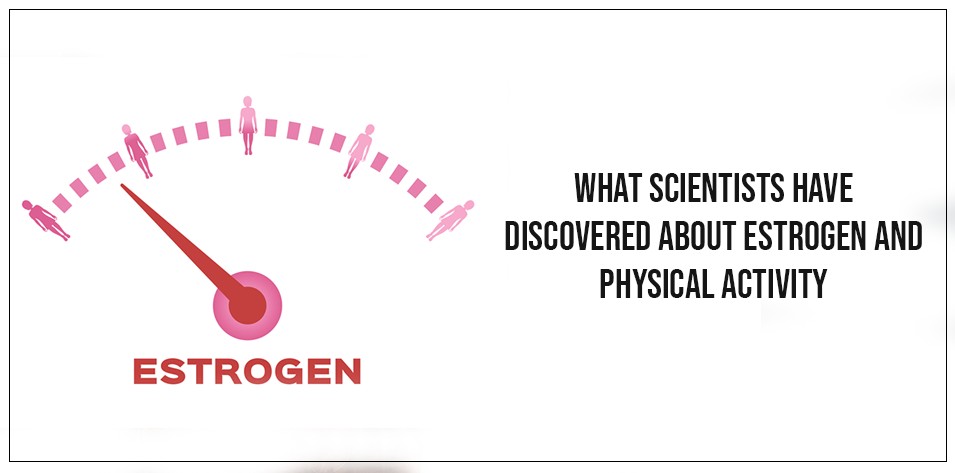

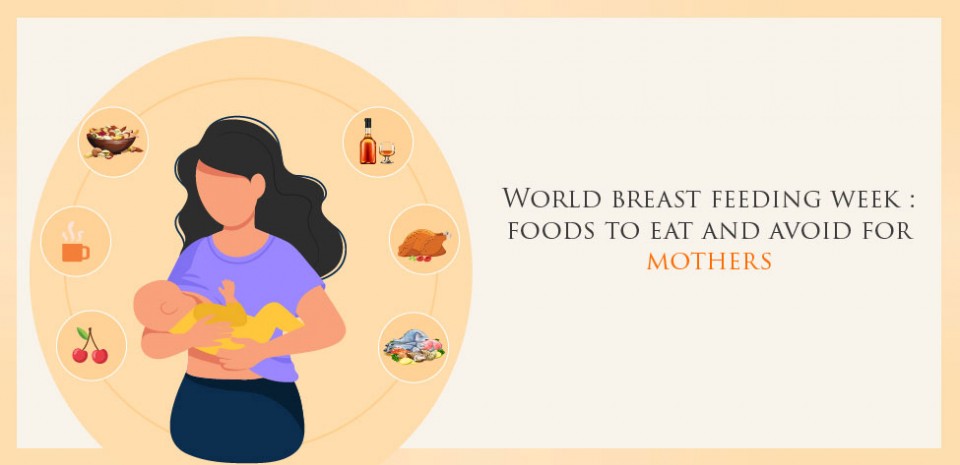
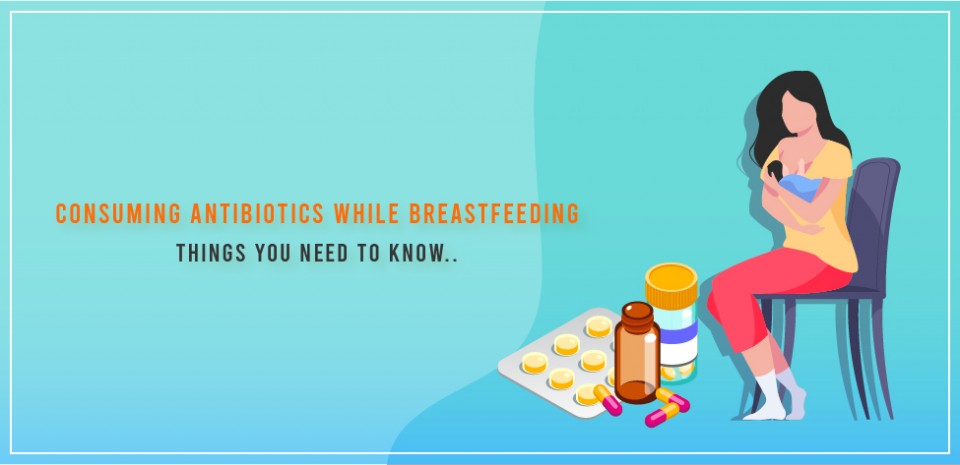
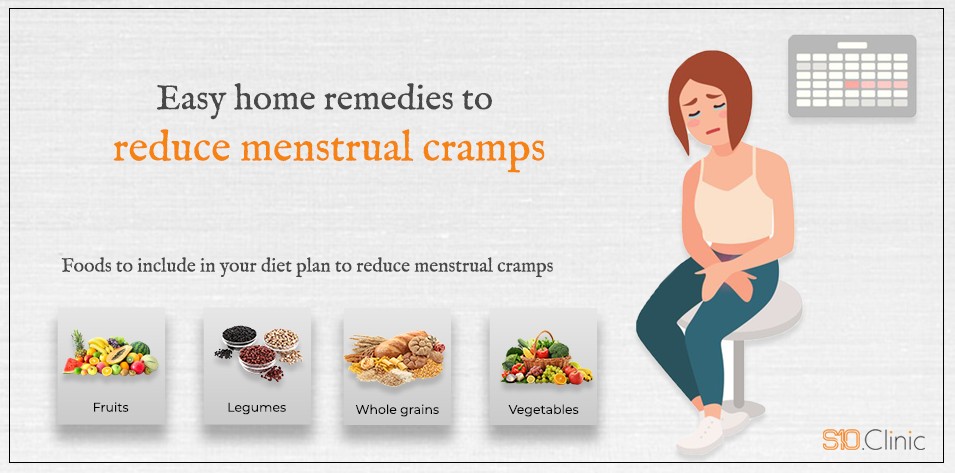


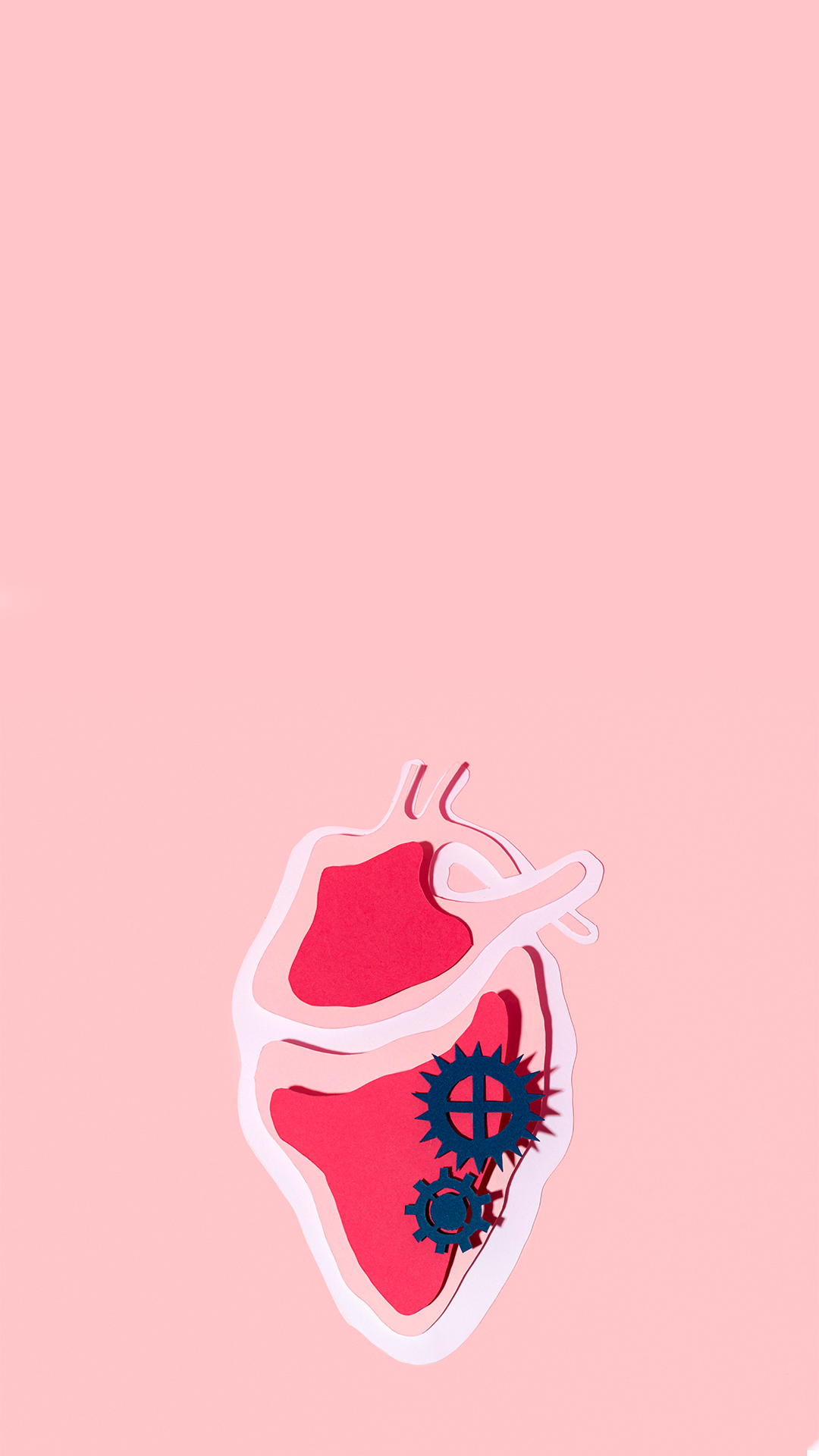
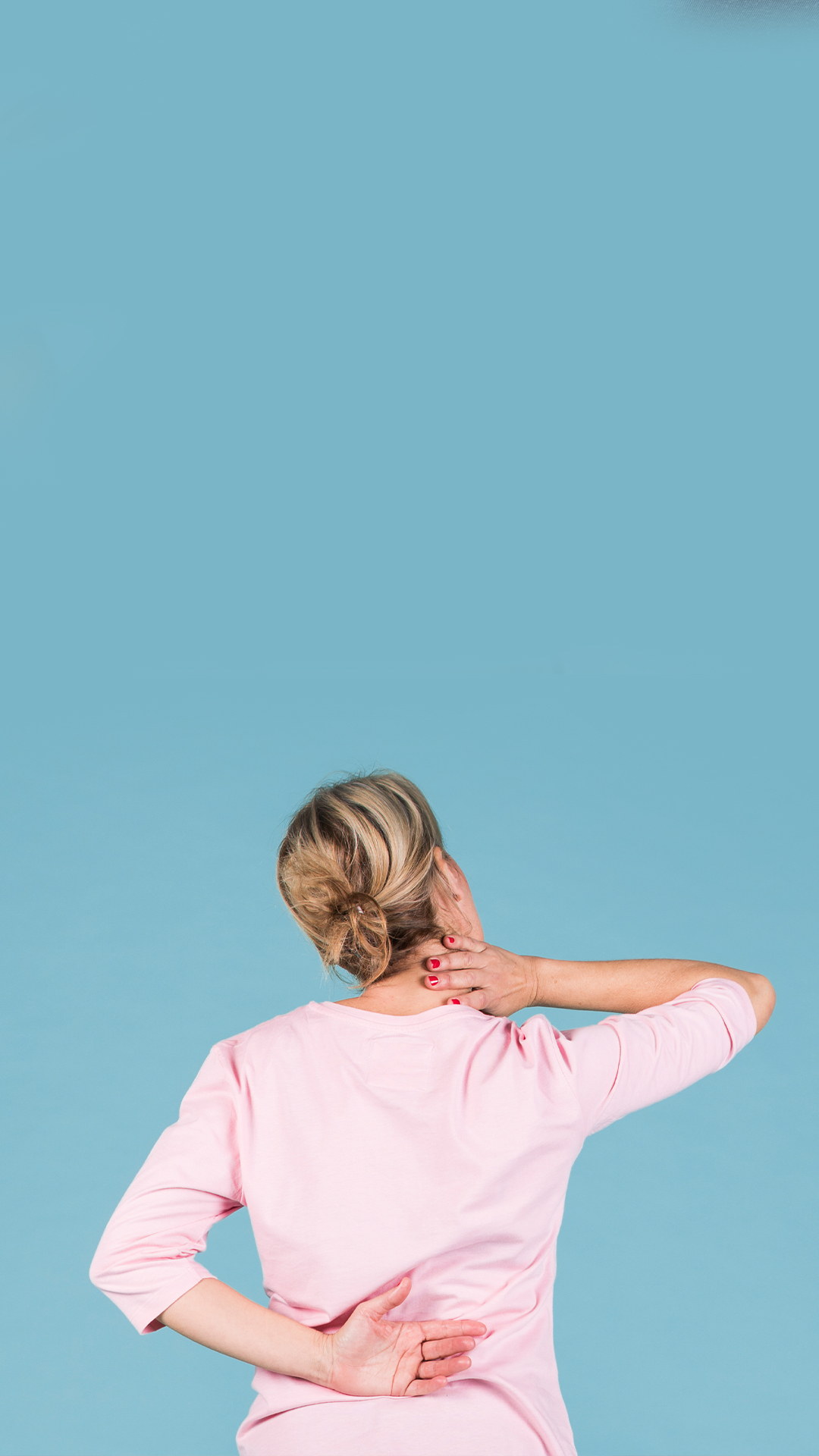







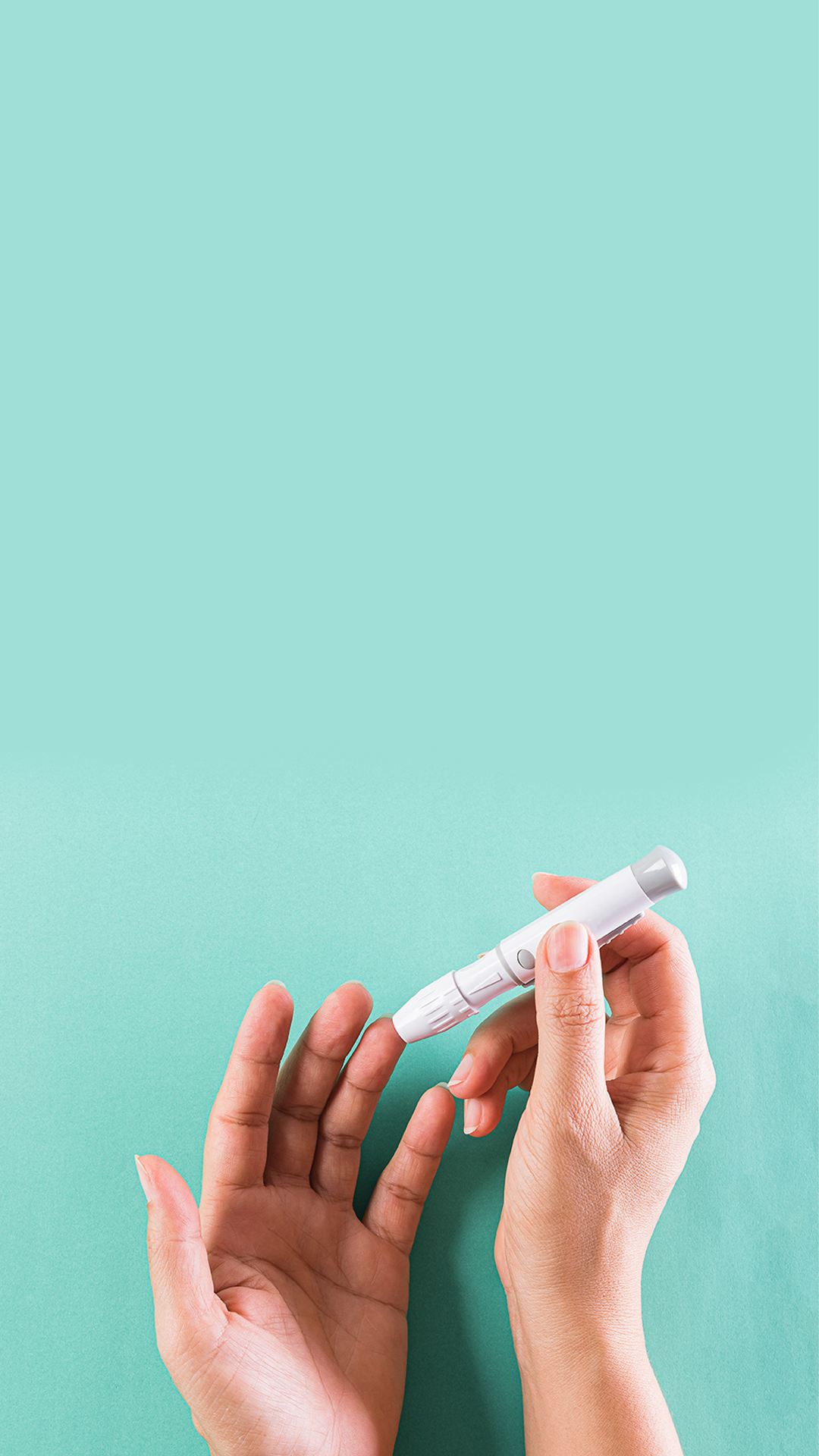









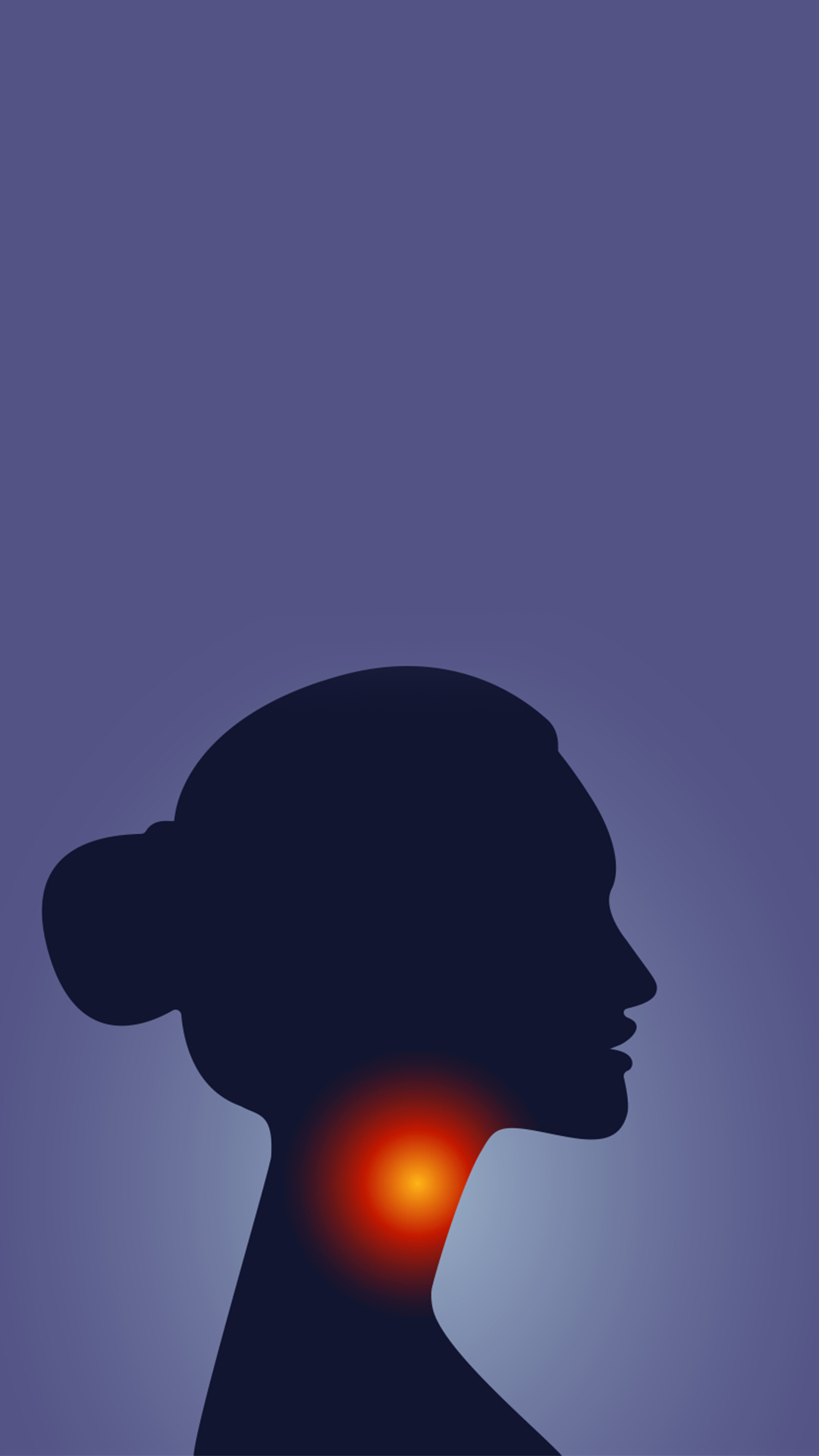









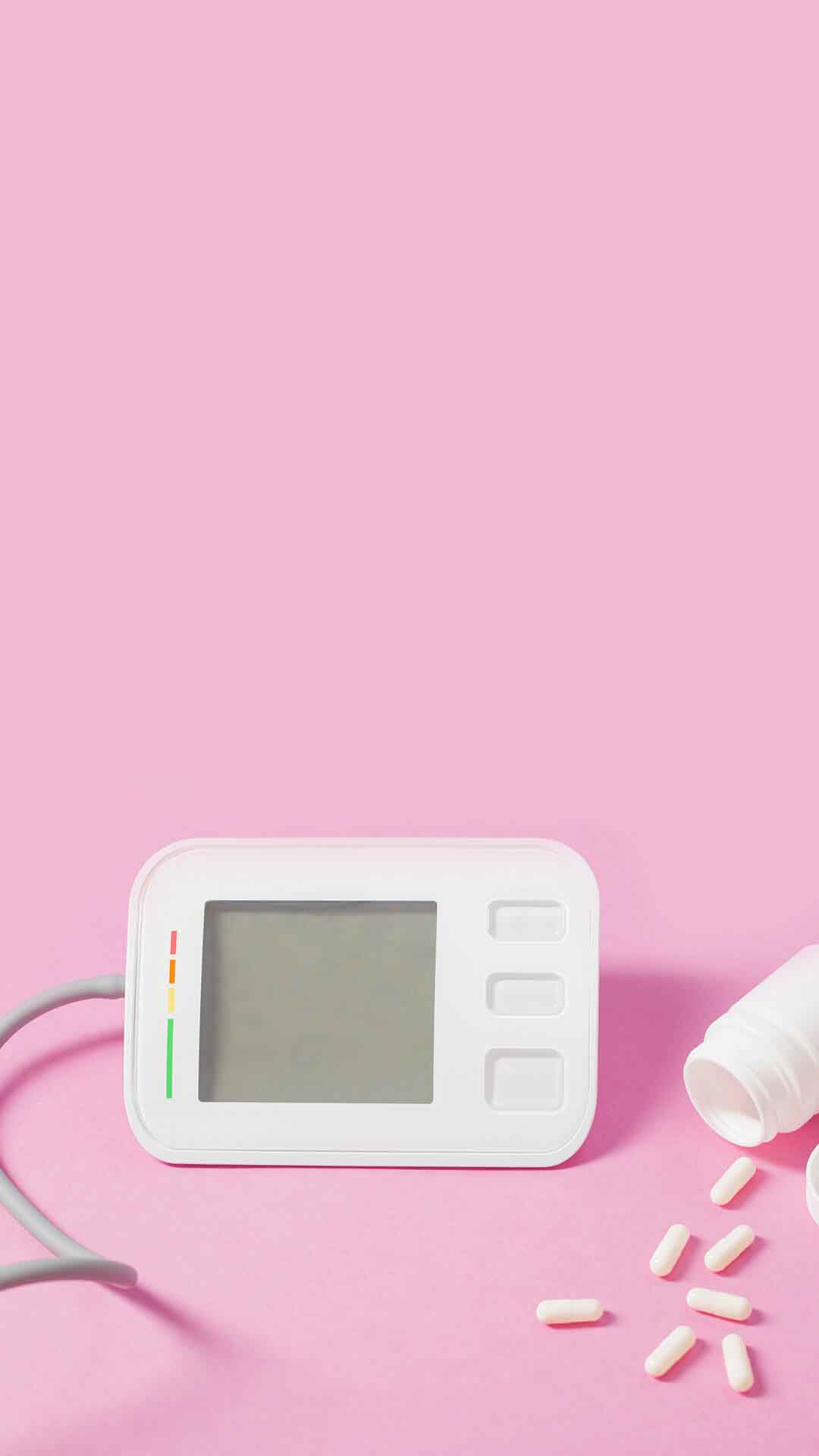

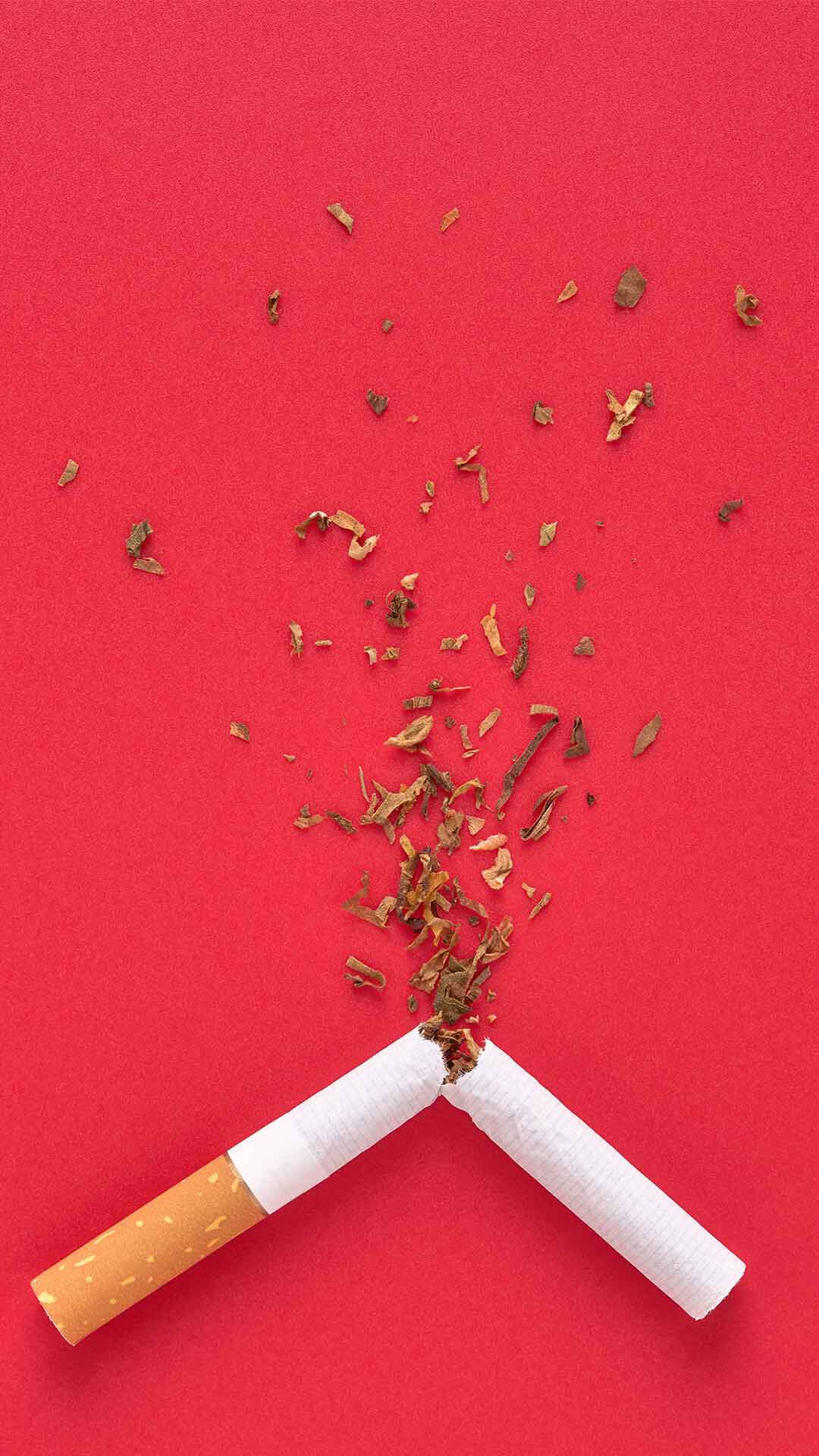






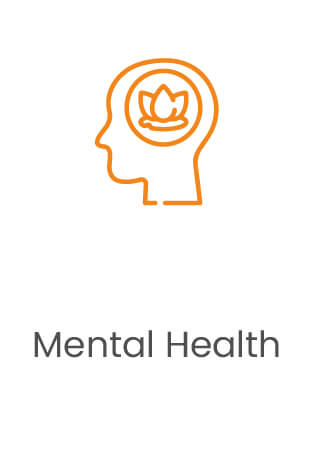


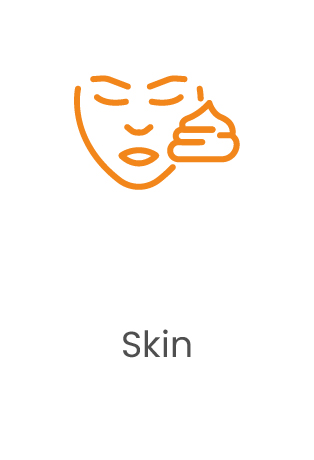

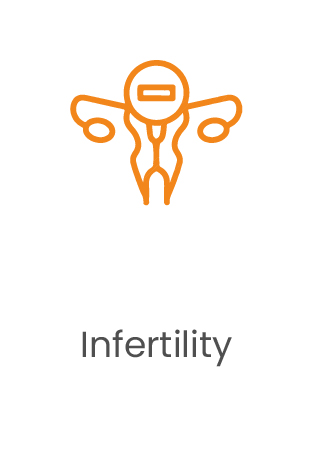
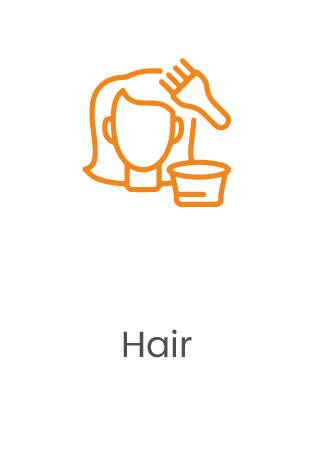


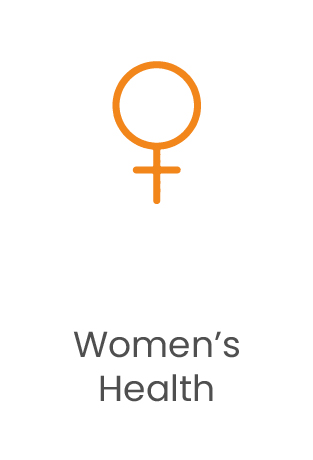









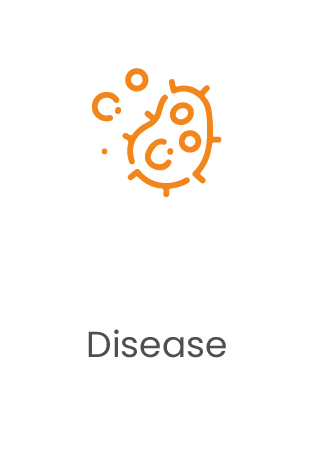
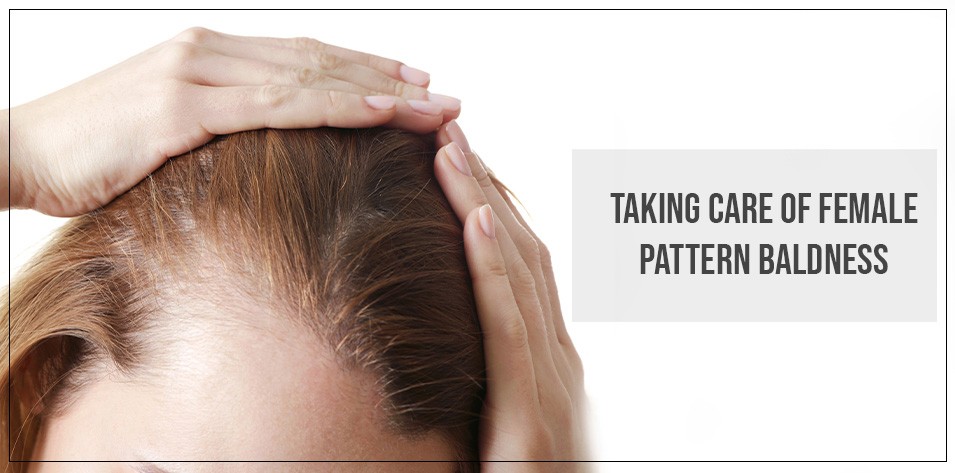
Comments